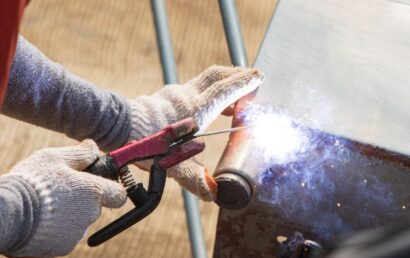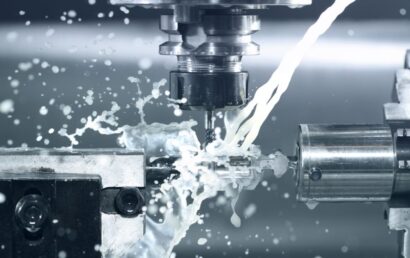Why Proper Dust Collection System Is Needed during Thermal Spray Coating Processes
Proper Dust Collection
There is no denying that the thermal spray process is an extremely valuable one to any number of industries. It is a technical process, however, that must be done precisely and with all of the right equipment. Some of that equipment, naturally, has to do with the application of the thermal sprayed layers onto the substrate so that the coatings adhere and function at a level to which they were designed. Other equipment, however, has everything to do with the protection of the technician applying the coating.
To be in compliance with regulations put forth by OSHA and other worker safety organizations, rules must be followed. Many of these rules apply to protective gear and other cautionary processes involved on the job.
Is There a Risk at Your Facility?
The thermal spray process is not the only job or technique that requires proper dust collection – but it is a big one. Have any number of facilities could be at risk for shut down if it is discovered that they are either lacking the proper dust collection method/machinery or their machinery is working at less than adequate capacity.
Additionally, masks and other apparatus may be needed to further protect the respiratory system of workers.
Why Does the Thermal Spray Process Need Dust Collection?
During the thermal spray process, what exactly is happening that puts a technician’s respiratory system at risk? To understand this, we must take a closer look at the thermal spray process itself. Usually in wire or powder form, materials are melted for this industrial coating process. Melting is achieved through the use of a flame or other heat source. At a very high velocity, the surface of a substrate is sprayed with the resulting tiny droplets. Thermal spray exists in several variations but most deal with various wires, powders, gases, materials, and equipment. Sometimes, over a large area, thick coatings are applied thanks to the processes’ high deposition rate.
During this process, fine dust particles are generated – and this is where the real risk comes in. Specially engineered for the thermal spray’s reapplication process, a dust collection system is used to address the risk. This dust collection system ensures regulatory compliance and minimizes respiratory hazards. Additionally, skin must be covered, possible ingestion must be prevented, and the eyes of workers must be protected as well.
Additional Regulatory Procedures
To identify the products that go into each coating, MSDS (material safety data sheets) are used. PELs (permissible exposure limits) are also required to be established by OSHA.
In addition to OSHA, some of the organizations that help set forth rules and regulations in the workplace are the National Toxicology Program, International Agency for Research on Cancer, United States Department of Labor, National Safety Council, and more.
A & A Coatings uses state-of-the-art equipment and all required safety precautions set forth by OSHA and other agencies involved in the protection of today’s workers. Our techniques and equipment are high-tech. The coatings we apply are made from not only tried and true mixtures but newly discovered and proven products as well. If you’d like to find out what thermal spray coatings can do for your industry, contact us to speak to one of our helpful service representatives today.



